
While recent advances in electric-airplane technology are exciting, the reality is that most general aviation pilots will be flying piston-engine airplanes for the foreseeable future. Even if you assume new airframes will be enthusiastically adopted by flight schools and private owners, it will take a long time to replace the 130,000 piston airplanes built in the 1970s alone.
But just because your next flight will be powered by a Lycoming or Continental doesn’t mean you can’t fly more efficiently. For many pilots, simply staying current consumes a significant portion of their flying hours every year. Using some new technology to train smarter, you can reduce these hours and save both avgas and money—without reducing proficiency.
Video Camera
One tool may already be in your cockpit: an action camera, such as a GoPro or Garmin Virb. Pilots typically use these to record a memorable trip or a landing at a unique airport, with dreams of creating the perfect YouTube video that goes viral. That’s fine, but a camera can also serve a valuable training purpose on less-exciting flights. Things happen pretty quickly in the cockpit, especially for a new pilot, so the ability to rewind and pause a flight is invaluable for post-flight review.
Bu hikaye Flying dergisinin April 2020 sayısından alınmıştır.
Start your 7-day Magzter GOLD free trial to access thousands of curated premium stories, and 9,000+ magazines and newspapers.
Already a subscriber ? Giriş Yap
Bu hikaye Flying dergisinin April 2020 sayısından alınmıştır.
Start your 7-day Magzter GOLD free trial to access thousands of curated premium stories, and 9,000+ magazines and newspapers.
Already a subscriber? Giriş Yap
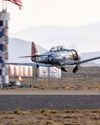
The Temple of Speed
Reno entices even this altitude-oriented pilot.

Flat Sixes
Fanatical artisans
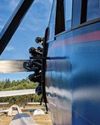
Blue over Green, Tent in Between
I’m old , I’m cranky. Why do I keep air-camping?
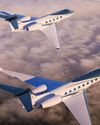
Gulfstream Reveals G400, G800
The product lineup gains large-cabin and ultralong-range mounts.
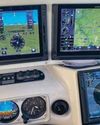
Every Airplane Requires a Checkout
Embrace the challenge of mastering a new machine.
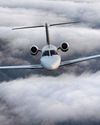
Fuhggedaboutit
Fifty-plus years of f lying forgetfulness

THE MAULE FAMILY APPROACHABLE AIRCRAFT
Choose your mount —the Maules do it all.

Sisters
“ Women certainly have the courage and tenacity required for long flights.” —Mildred Doran
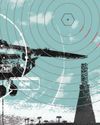
INSIDE OUT OR OUTSIDE IN?
What kind of pilot should you be?
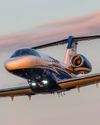
WE FLY: CESSNA CITATION CJ4 GEN2
THE FLAGSHIP CJ JUST GOT A WHOLE LOT BETTER.